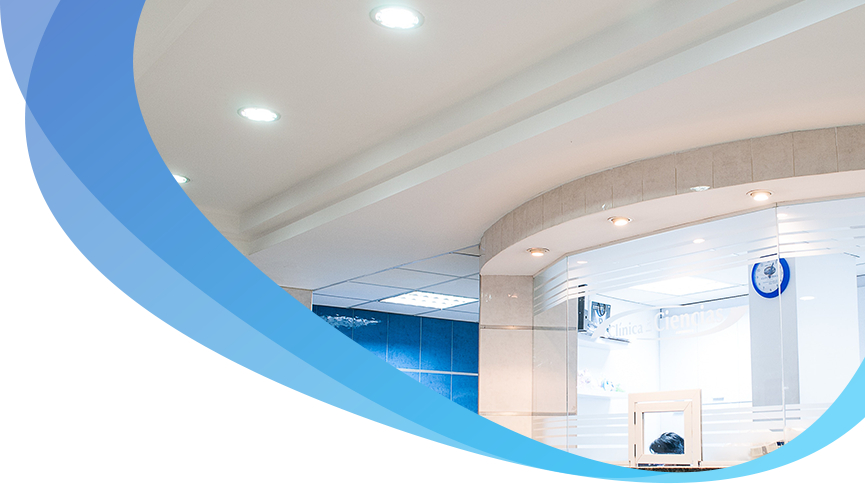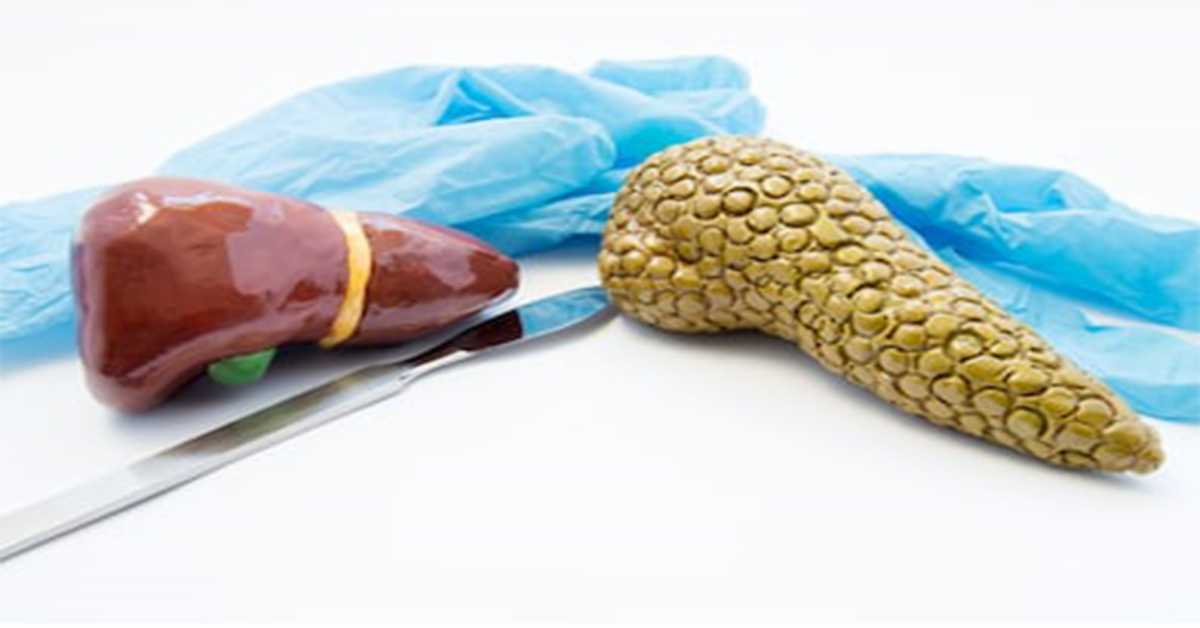when one of the ducts that carry bile from the liver to the intestine via the gallbladder becomes blocked. If left untreated, this blockage can lead to serious complications, including severe infection.
Causes
Some of the most common causes of bile duct obstruction include:
Gallstones
Gallstones are a common cause of bile duct obstruction. They can form when there is a chemical imbalance in the gallbladder. If they are large enough, they may block a bile duct as they pass through the biliary system.
Bile duct or pancreatic cancer
Bile duct cancer refers to all cancers that develop within the biliary system. The resulting tumors may block a bile duct.
Pancreatic cancer can cause a bile duct obstruction if the tumer enters the intestine.
Cancers that have started elsewhere in the body may also spread to the biliary system where they can cause an obstruction.
Injury
A blockage can sometimes result from an injury that occurs during a medical procedure, such as gallbladder surgery or endoscopy.
Choledochal cysts
Choledochal cysts can sometimes cause bile duct obstructions. These cysts, which are sections of an enlarged bile duct, are congenital, meaning some people are born with them. They are also rare.
Risk factors
A history of any of the following can increase the risk of bile duct obstruction:
gallstones
pancreatic cancer
chronic Pancreatitis
recent biliary surgery
recent biliary cancer
abdominal trauma or injury
taking immunosuppressant medications, as some can result in infections that block the bile duct
Symptoms:
Symptoms of a blocked bile duct may come on suddenly, or a person may start to notice them slowly over many years.
Some of the symptoms are related to the obstruction, causing liver products to back up and leak into the bloodstream. Others are caused by the bile duct not being able to deliver the digestive juices that the gut needs. This can stop the body from absorbing some fats and vitamins properly.
When bilirubin is unable to enter the bile, it builds up in the body and can cause Jaundice. This is when a person's skin and the whites of their eyes turn yellow. The lack of bilirubin in the bile can also cause dark urine and pale stools
People with bile duct obstruction also often experience:
itching
abdominal pain, usually in the upper right side
Fever or night sweats
nausea and vomiting
Tirednessor lack of energy
unintentional weight loss
loss of appetite
Diagnosis
The first step in diagnosis is a physical examination, during which a doctor will try to feel the person's gallbladder. Liver damage can cause similar symptoms to biliary obstruction, so the doctor may also ask about alcohol or drug use as well as sexual practices.
A doctor may also carry out blood tests. The following results would suggest a biliary obstruction:
higher than usual levels of bilirubin
higher than usual levels of alkaline phosphatase
higher than usual levels of liver enzymes
If blood tests suggest a biliary obstruction, the doctor may recommend one of the following imaging methods to confirm the diagnosis:
abdominalultrasound
abdominal computed tomography (CT) scan
magnetic resonance cholangiopancreatography (MRCP)
endoscopic retrograde cholangiopancreatography (ERCP)
Treatment
Treatment aims to relieve the blockage and depends on the underlying cause.
Doctors can usually remove gallstones using an endoscope during an ERCP. However, some people may still require surgery.
Someone with severe or frequent symptoms may need to have their gallbladder removed. This will stop the problem of gallstones reoccurring. People can lead healthy lives without a gallbladder.
If the cause is found to be cancer, the ducts may need to be stretched and drained. Doctors will do this either using an endoscope or by placing a needle through the skin. They will then treat the cancer with a mix of chemotherapy and radiotherapy, depending on its type, size, and location.
If someone has choledochal cysts, a doctor will usually recommend a surgical procedure to correct the enlarged areas of bile ducts.


